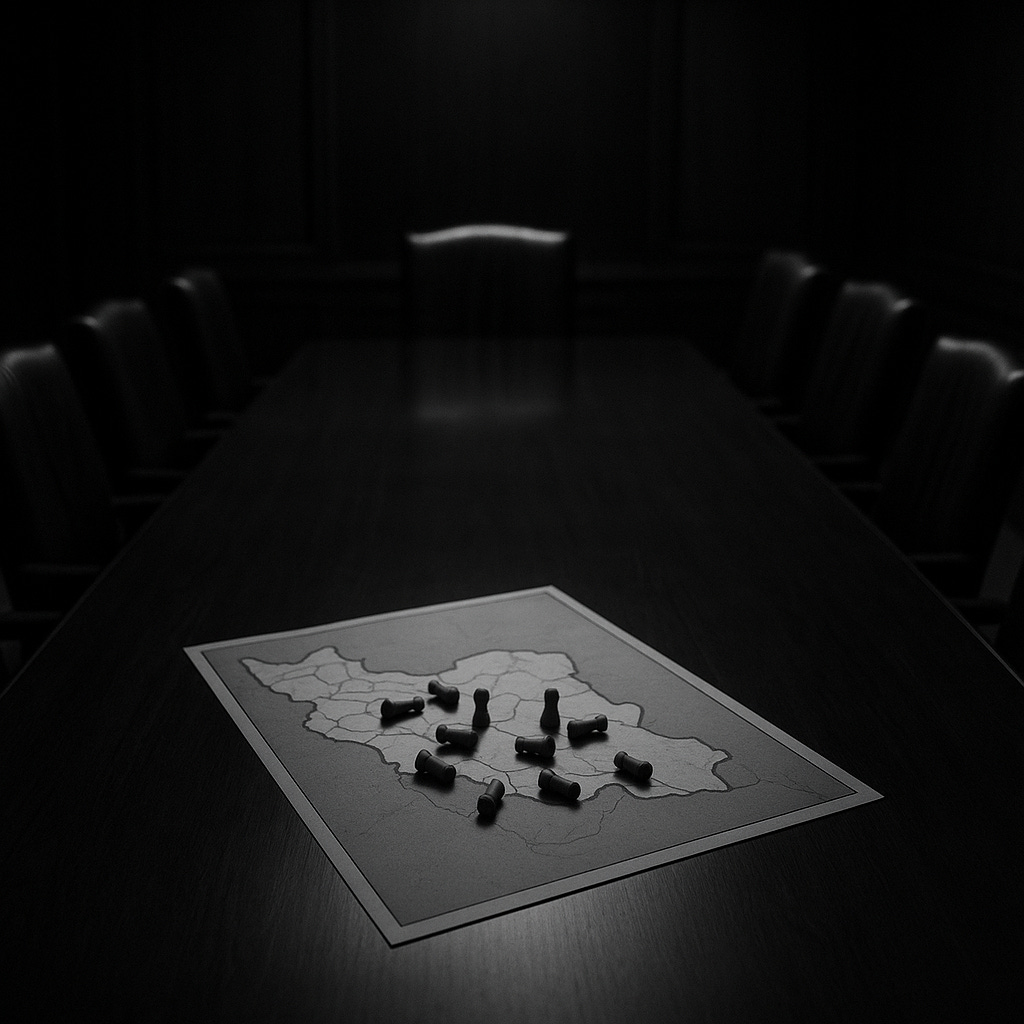Israel Planned When and How to Strike Iranian Civilians, Leaked Transcripts Show
Newly revealed deliberations expose how Israelis officials weighed strikes on civilian infrastructure and population centers, seeking to pull Washington into a longer war.
A batch of leaked transcripts from Israeli security cabinet meetings during the June 12 war on Iran reveal what many have long suspected: not only was there no "imminent threat" from Iran to justify the assault, but Israeli officials mapped out how and when to strike Iranian civilians.
In one exchange, Defense Minister Israel Katz explicitly advocated for targeting ordinary Iranians, arguing that “relocating the population is practical and symbolic. We should strike civilian national infrastructure that destabilizes the leader.”
This was put into practice. Many Iranians fled Tehran, one of the world’s most populous cities, in a terrifying exodus. Others who could not flee, including the elderly and infirm, were forced to stay and hope that the bombs spared their neighborhoods. Ultimately, more than 1,000 Iranians were killed — over half of them civilians.
Katz assured the cabinet there would be cover for attacking civilians and infrastructure in Iran's most populous city, saying, "there are military targets in Tehran." As a recent study by ACLED found, “Nearly one-third of all violent events attributed to Israel occurred in Tehran province, and the majority were concentrated in the capital city.”
Most chilling, the disagreements among Israeli officials in the leaked deliberations largely centered on the sequencing of strikes on civilian targets – specifically, how to ensure that Israel succeeds in one of its key goals: drawing the United States into the war.
According to Katz:
“If [Iran] targets power stations, we won’t have a dilemma. We’ll attack civil infrastructure now, even though they are targets we want to keep for later."
But Israel's Strategic Affairs Minister Ron Dermer pushed back – not on targeting civilians, but on the most opportune timing:
“If we attack civilian infrastructure now, it could end the war before we achieve our objectives and before an attack on Fordo."
The debate was not whether to strike civilian infrastructure, but when – officials did not want to jeopardize a U.S. decision to enter the war. Netanyahu had “pushed and maneuvered” Trump to join Israel, said Dermer. Drawing in the U.S. was important because, as a senior military official said, Fordo “will only be destroyed only if the US attacks it.” But it would also help ensure Washington would be on the hook for cleaning up Israel’s mess.
Perhaps the least shocking aspect of these transcripts is that there was no imminent Iranian threat. On the eve of the war, Netanyahu said Iran was within a few years of the bomb – despite later claims by Israeli and U.S. officials after the attack began that Iran was on the cusp of weaponization.
Netanyahu, of course, has been repeating the claim of an imminent Iranian nuclear threat since the 1990s in his campaign to foment a military conflict – Iran has perpetually been on the brink of a bomb for over 30 years according to the Prime Minister. Yet even after long sought Israeli and U.S. strikes, Iran still remains less than ‘a few years’ from the bomb, according to U.S. intelligence assessments – meaning it is only a matter of time before Netanyahu and the Iran hawks claim we need to attack Iran again.
Based on these transcripts, Israel's ultimate aim is to collapse Iran – first by decapitating military and civilian leadership, then by bombing infrastructure and killing and relocating civilians. Israeli leaders were clearly envisioning a longer war in June, and it was only the U.S. administration’s pivot from strikes to ceasefire that kept the war at 12 days - for now. Yet even as Israel’s own deliberations show civilians are at the center of the strategy, war advocates continue to claim strikes will only target ‘the regime and its nuclear program.’ June proved otherwise — as has Gaza, where Israel insists it only targets ‘terrorists’ as the Palestinian civilian death toll climbs, by some estimates, into the hundreds of thousands.
The next Iran war is still very much on Israel's agenda, if figures close to Donald Trump are to be believed, and these transcripts make clear: Iranian civilian casualties are not collateral damage, they are the strategy.


